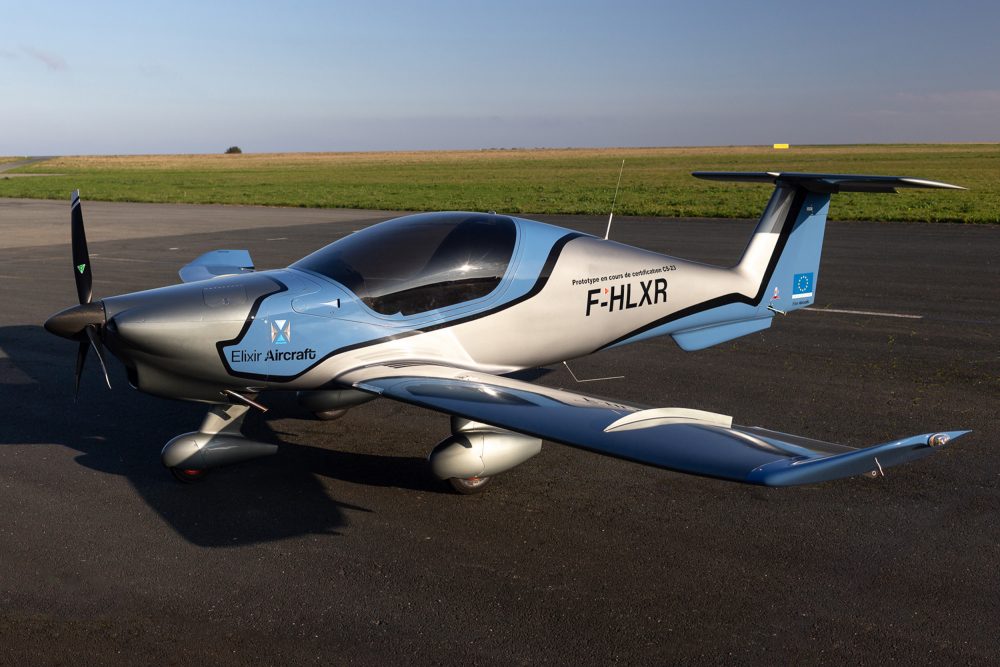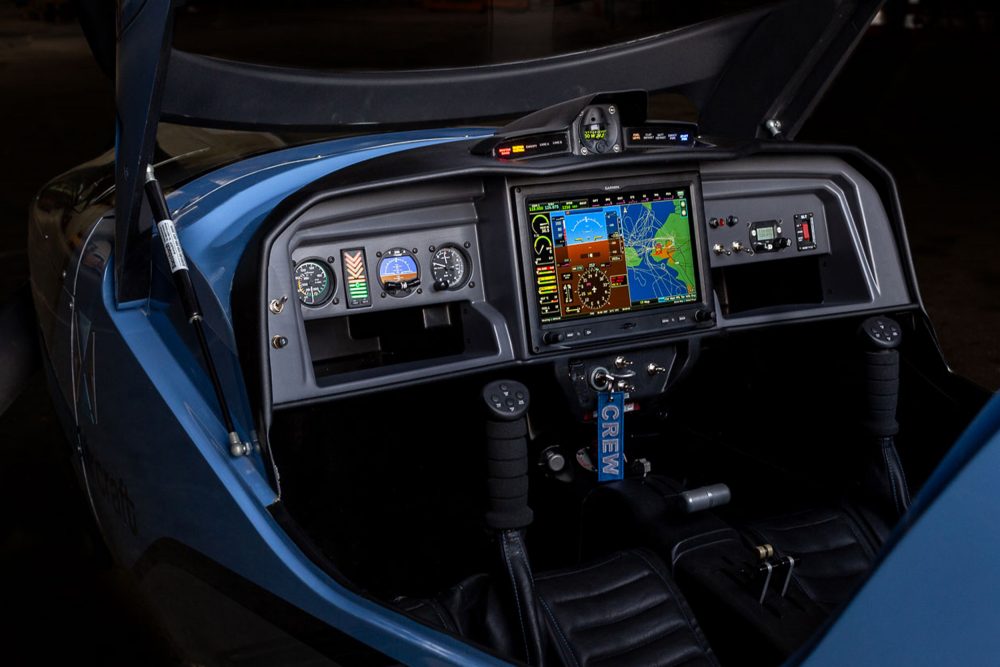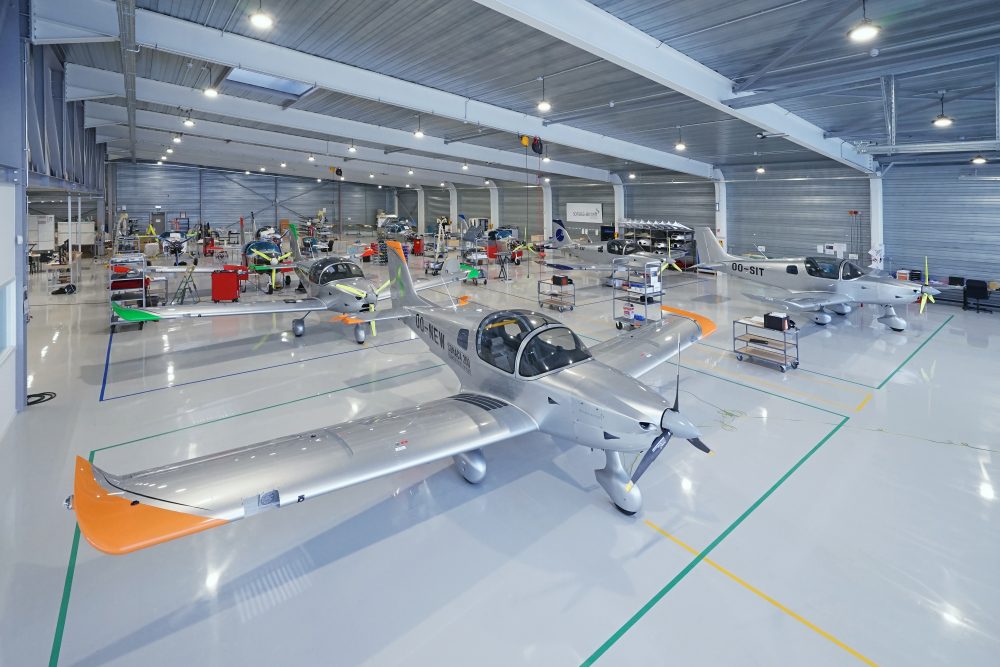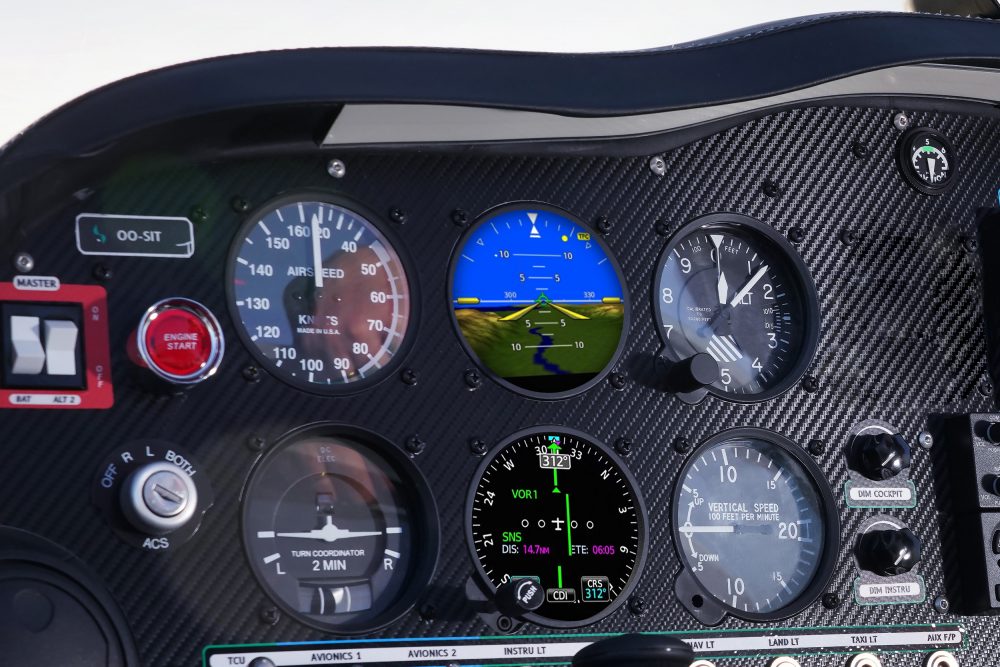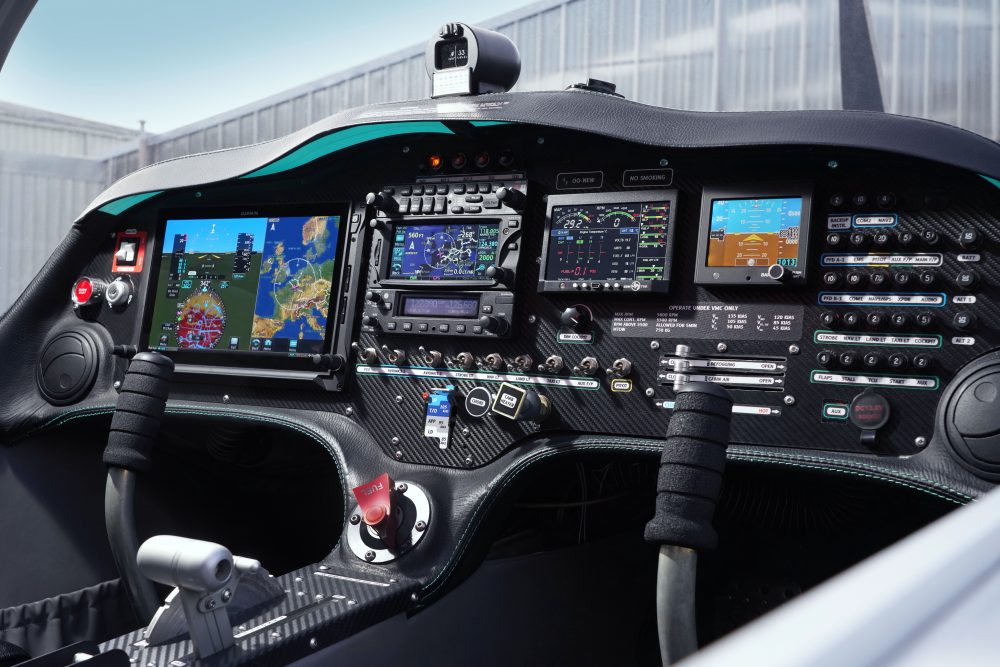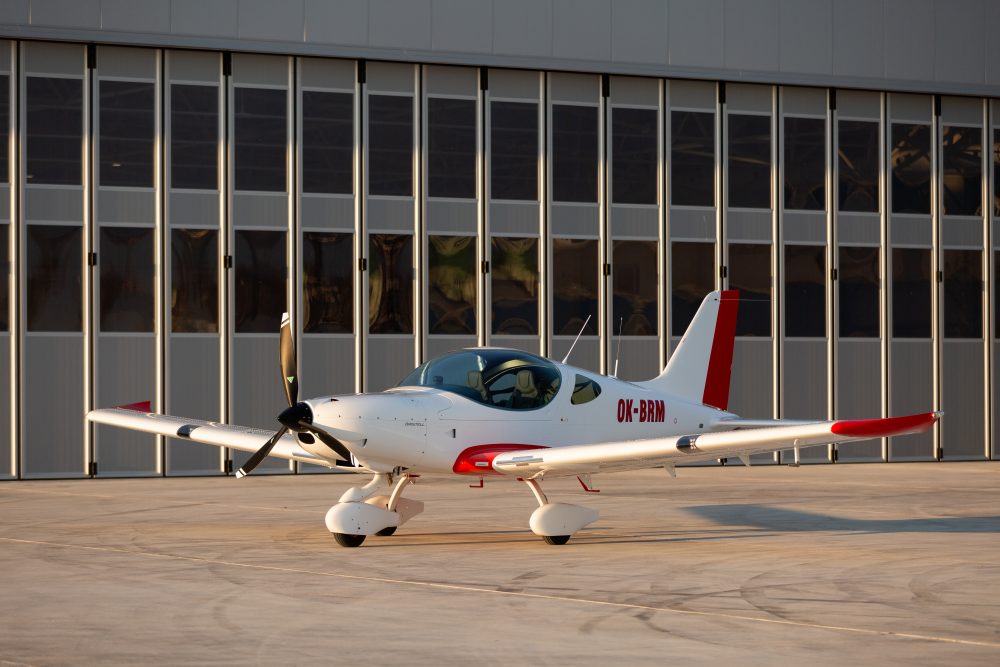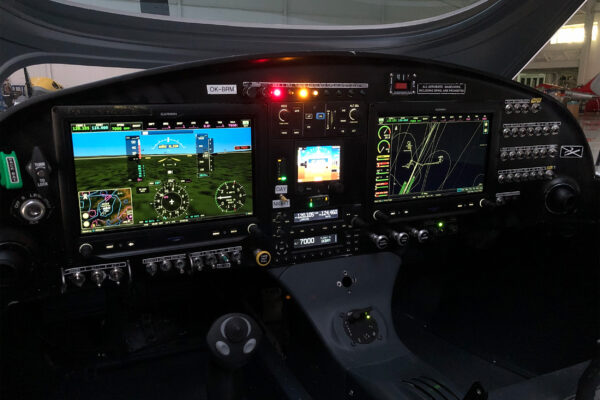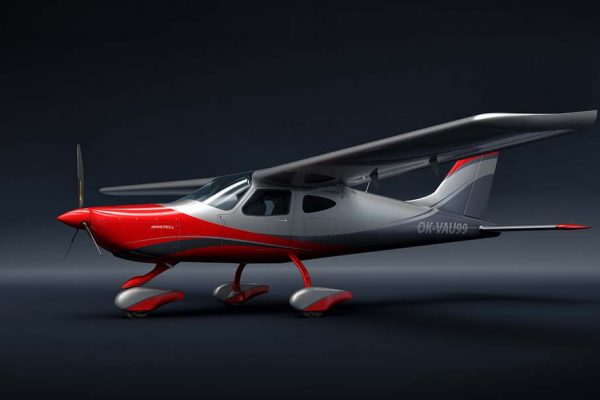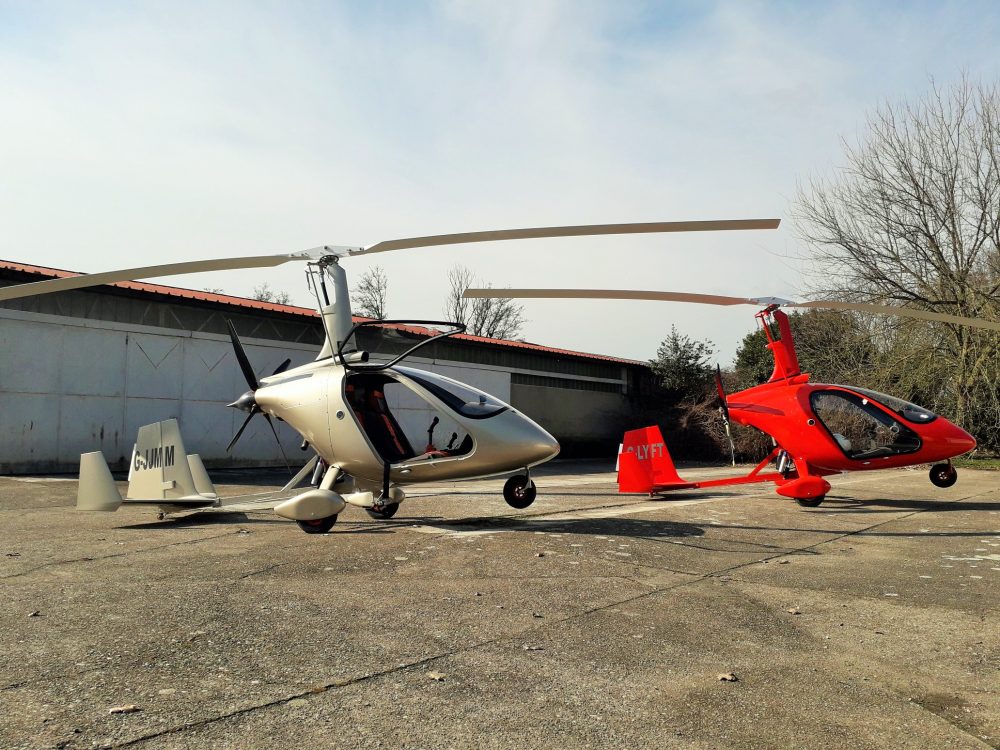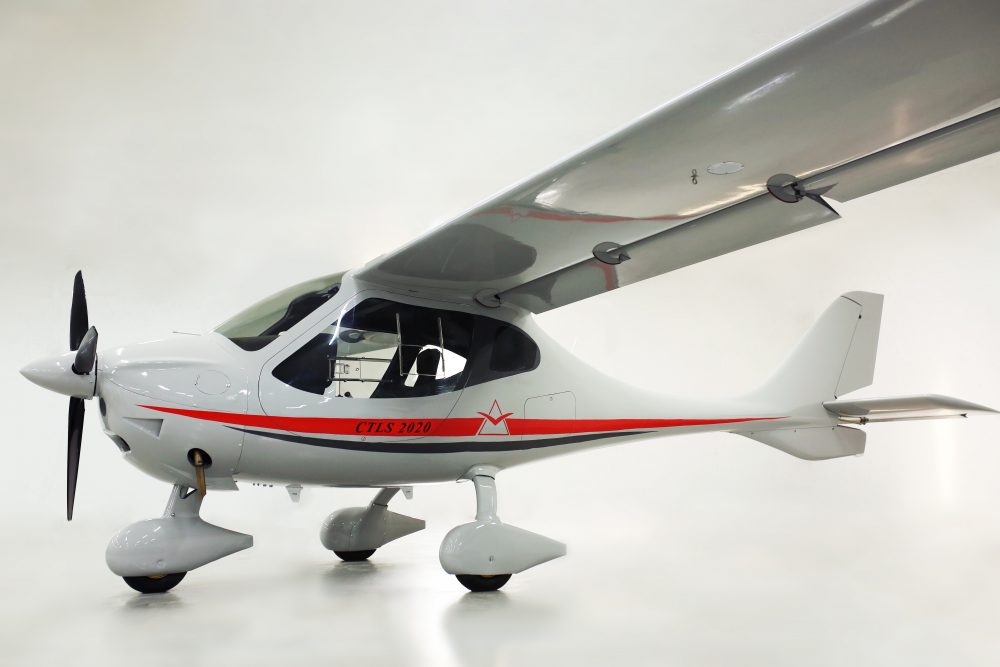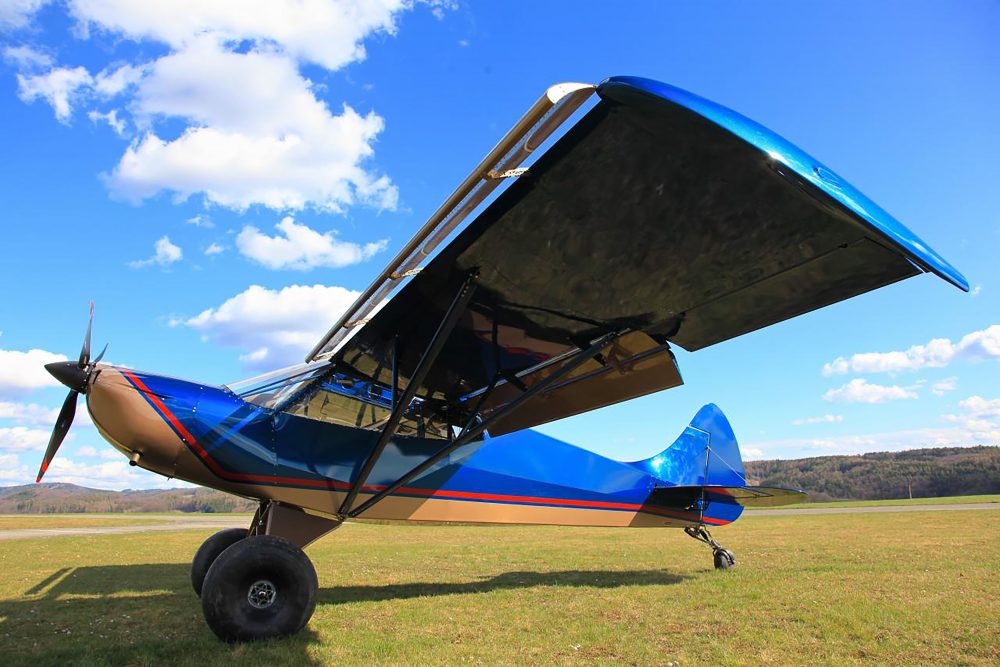“One big difference between CS-23 aircraft and a RTC (Restricted Type Certificate) LSA is flight testing, with much higher forces. So we decided to build a completely new construction including wing, the fuselage is longer, aluminium fittings are bigger, and the tail is bigger for the stability test.”
Bristell went to renowned Swiss test pilot Damian Hischier to conduct the test flights.
“So, Damian flew the aeroplane and he said it is absolutely without problem, certifiable,” said Martin. “But it could be better if you want to make the best aircraft? We said, ‘Yes’ because we don’t want to produce a compromised aircraft needing vortex generators or other aerodynamic fixes. We want to produce just the best. We ended up flying 88 test flight hours before EASA’s pilot flew it and said he thought it would be a very good trainer.”
The B23 also fulfills Bristell’s other criteria: to be able to fly night VFR, to have a ballistic emergency whole aircraft parachute, and to burn mogas, rather than avgas. For that, Bristell has stuck with the proven and certified 100hp Rotax 912S3 engine fitted with a constant-speed three-blade MTV prop. Base price of the aircraft is €199,000.
Bristell’s other new model, the B8, is expected to start flight tests in early summer, with first deliveries expected by autumn. It came about after being asked at Oshkosh if a high-wing model was in the works. It wasn’t, the good reason being that Milan Bristela is not a fan of the compromises required, usually struts on the wing and cable-operated controls.
“But then he remembered making a balsa wood model of a Cessna Cardinal when he was 20 years old, which had no struts,” explained Martin. Plus, as every good businessman knows, it pays to have an alternative product… just in case.
Bristela’s reasoning for not liking cable controls is safety. “It’s OK for a professional maintenance company to set up cable controls properly but it’s very difficult to instruct LSA owners how to do it.”


